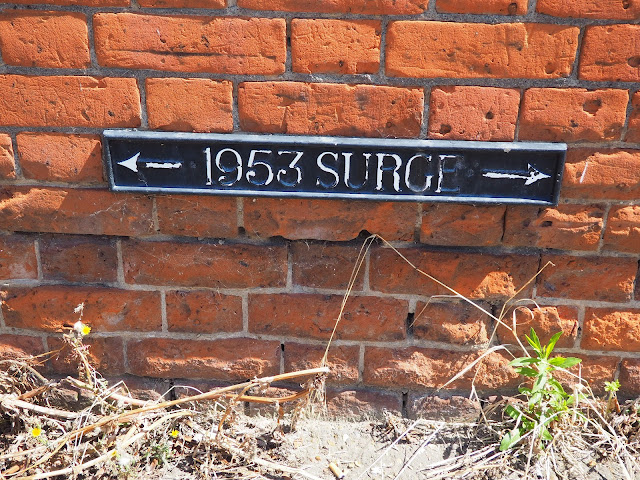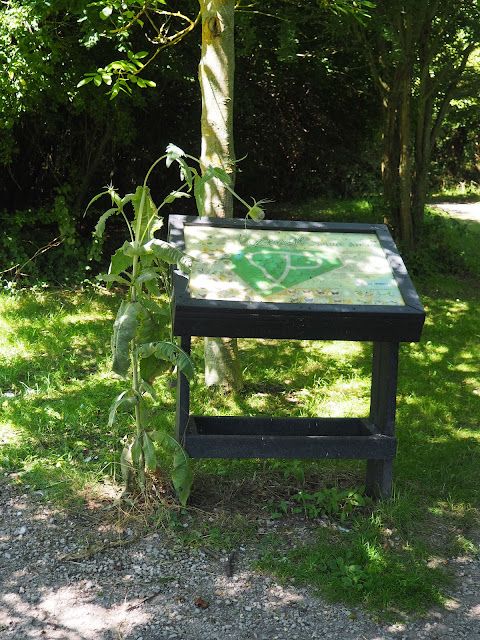I enjoy a good sign while I’m walking. Who doesn’t? They can be informative, decorative, perplexing, absurd, and no doubt many other things too.
Suppose you were walking in Myland (it’s part of Colchester) and you saw this one ‘Myland Welcomes Careful Drivers,’
Would you think,
a) that they don’t welcome careful walkers?
b) that you can walk as carelessly as you like, and you’re still welcome?
Or would you have better things to think about?
Signs with missing letters are always fun and in this case there’s no doubt what the sign means, but it does make me wonder how many letters a sign can lose before it becomes utterly incomprehensible.
That temporary bus stop sign had obviously seen a lot of use but nearby was this absolutely pristine sign telling me that the crossing was out of use. I suppose time will take its toll.
Not so far away was this, a signal, rather than a sign.
And here’s a sign from the company in charge of the discarded lights, temporary bus stops and out of order crossings, and no doubt much else:
I didn’t even know there was any such thing as the ‘Traffic Industry.’ ‘What you doing these days Bob?’ ‘Oh I’m working in the Traffic Industry, you know, supporting it.’
Of course it’s always good for a walker to be warned when the footpath (or indeed footway) ahead is closed:
but it’s a little disappointing when you get there and find it’s not so much closed as very slightly diverted:
Now, if you’re looking for the ‘site compound’, it’s no doubt very useful to have a sign directing you there, though this one does seem to be up in the sky.
As for parking regulations – forget about it:
And finally in the Asda car park, at the end of my walk, there was a sign telling me to have a safe journey, which I’d already had, but no doubt there are other journeys ahead, which I hope will be safe, and maybe signs will play their part.














































